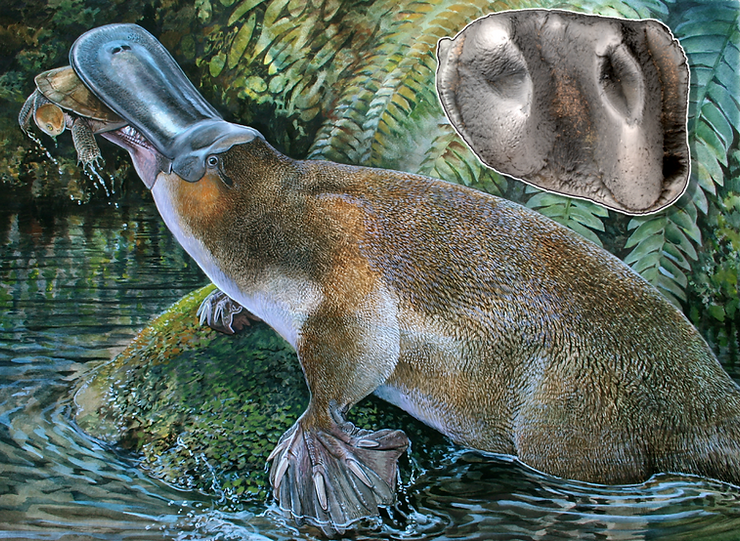By: Enoch Yeo
An odd combination of several modern-day mammals intrigues archeologists.
In 1982, several paleontologists dug up a male Eoarctos vorax, more commonly known as Eoarctos.
Named by a vertebrate paleontologist at the Natural History Museum the Los Angeles County, Dr. Xiao-Ming Wang, the Eoarctos was the combination of a bear, raccoon, and other animals. “Eoarctos” is a mashup of the Greek words for dawn and bear, while “Vorax” means voracious. This strange animal is part of a group called arctoids, which includes carnivores like bears, skunks, raccoons, weasels, otters, and even seals.
“It’s a fabulous specimen that is just exquisitely preserved,” Wang said. “This animal is really telling us a lot of stories,”
Wang’s team also found five other members of the species in nearby sediment.
The skeleton is approximately two feet long from snout to tail and resembles that of a raccoon. Its flat feet mean it mostly dwelt on land, though its long claws could also climb trees.
This Eoarctos had broken molars on the right side of its mouth, which likely became infected. Then, before the right side of the mouth was healed, the left molars also broke, showing that the creature used its left side after breaking its right molars.
“Those are the broken-off roots,” said Dr. Blaire Van Valkenburgh, a vertebrate paleontologist at the University of California, Los Angeles. “They must have been eating very hard things.”
Other, similar creatures display the same kind of broken teeth. Scientists hypothesize that these carnivores may be the first mammals to crush hard objects, like shells.
At first, arctoids were thought to have originated in Europe. But scientists are “making a strong case that, in fact, these groups originated in North America,” said Dr. Van Valkenburgh, who was not part of the study.
This young Eoarctos died very soon, most likely due to a blood infection, according to Dr. Wang.
“But for all of his suffering,” he says, “he certainly made a huge contribution to science.”
Sources:
Wilke, Carolyn, A Bear That Looked Like a Raccoon and Had a Dangerous Appetite, https://www.nytimes.com/2023/06/18/science/bear-raccoon-otter-fossil.html











